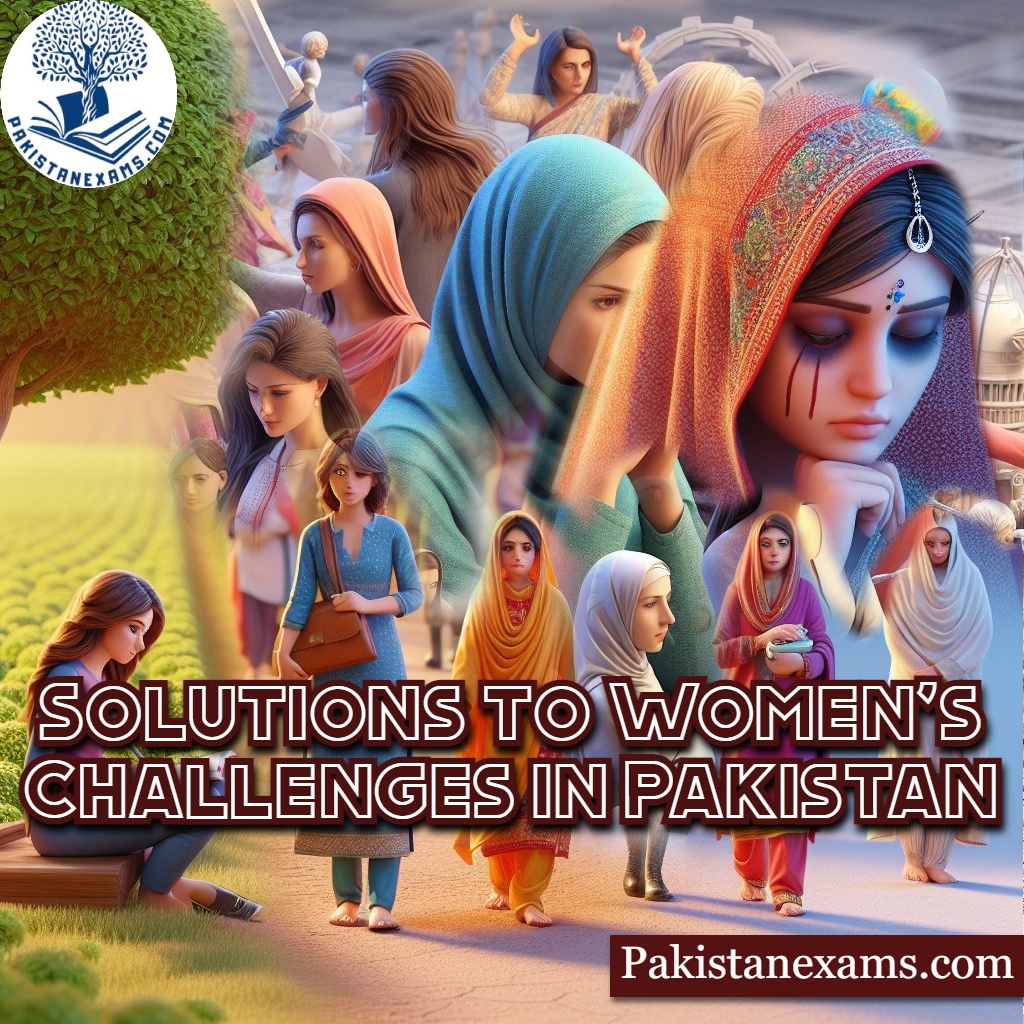Introduction
Women in Pakistan face multifaceted challenges that hinder their progress, well-being, and participation in various spheres of life. These challenges range from inadequate healthcare services to limited educational opportunities, gender-based violence, and unequal employment prospects. However, concerted efforts and strategic policies can pave the way for positive change. In this article, we explore practical and pragmatic solutions to uplift women, promote gender equality, and create a more inclusive society in Pakistan.
Note: Click here to learn more about the challenges faced by women in Pakistan.
Better Healthcare Services
Access to quality healthcare is crucial for women’s well-being. Pakistan needs to invest in improving healthcare infrastructure in the country, especially in rural areas. This includes establishing more health centers, training healthcare providers, and ensuring affordable and accessible services for women. Additionally, targeted programs for maternal health, family planning, and reproductive health education are essential.
Enhanced Education Facilities for Women
Pakistan must prioritize education for girls and women. This involves building more schools, ensuring safe transportation, and providing scholarships. Beyond access, the quality of education matters. Curriculum, in Pakistan, should be designed in a way that promotes gender equality, challenges stereotypes, and encourages girls to pursue STEM (Science, Technology, Engineering, and Mathematics) fields.
Note: Click here to learn the national report on the status of women in Pakistan.
Legal Action against Violence
Strengthening legal mechanisms to combat violence against women is critical. Pakistan has passed several laws such as the Anti-rape (Investigation and Trial) Act, 2021, the Criminal Law (Amendment) Act, 2021, Zainab Alert, Recovery and Response Act, 2020, and the Protection against Harassment of Women at Workplace Act, 2010 to protect females. However, enforcement of them remains a challenge. The justice system should speed up cases related to violence against women, and specialized courts for gender-based violence can ensure swifter justice.
Increased Employment Opportunities
Creating more job opportunities for women is essential. Encouraging women’s participation in formal sectors, entrepreneurship, and leadership roles can boost economic growth. Policies should address gender pay gaps, provide maternity leave, and promote flexible work arrangements for women.
Supportive Work Environment
Workplaces need to be more female-friendly. This involves gender-segregated bathrooms, safe transport options, and childcare facilities. Employers should promote diversity, address harassment, and provide equal growth opportunities for women.
Evidence-Based Policy Making
Policymakers must prioritize gender equality. Regular data collection on women’s status, participation, and challenges is crucial. Evidence-based policies can address gaps and ensure women’s rights are upheld.
Conclusion
Empowering women in Pakistan requires a holistic approach that combines legislative reforms, social awareness, and targeted interventions. After the implementation of these solutions, Pakistani women would be empowered enough to enhance their well-being and contribute to the overall national development of their country.


1 thought on “Solutions to Women’s Challenges in Pakistan”